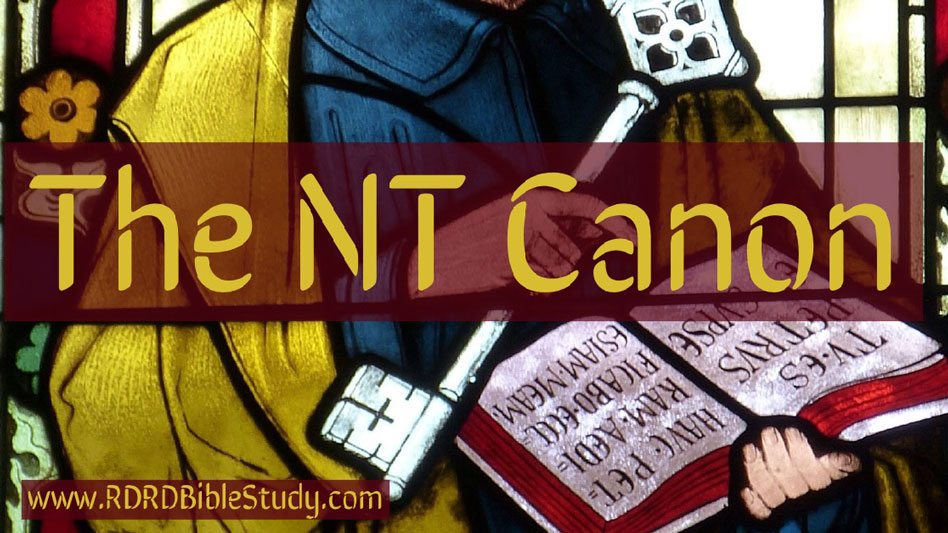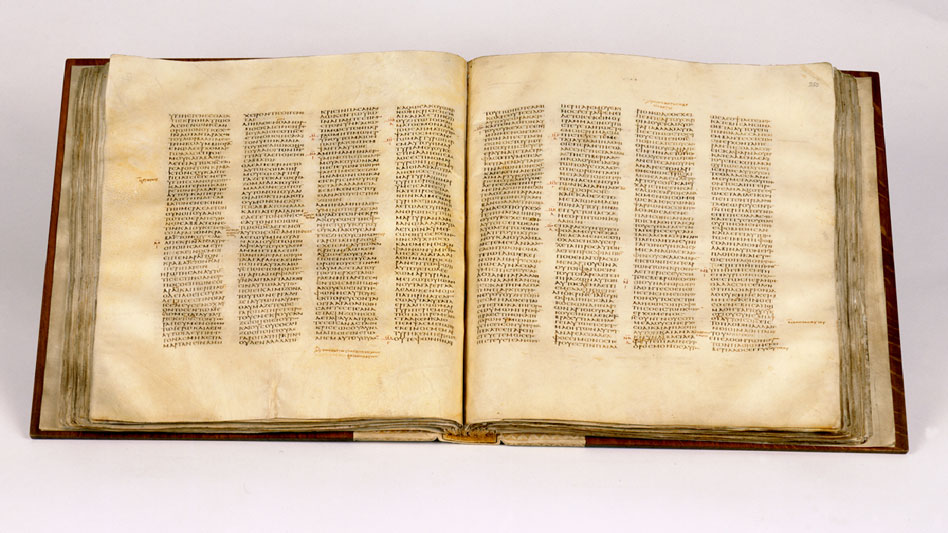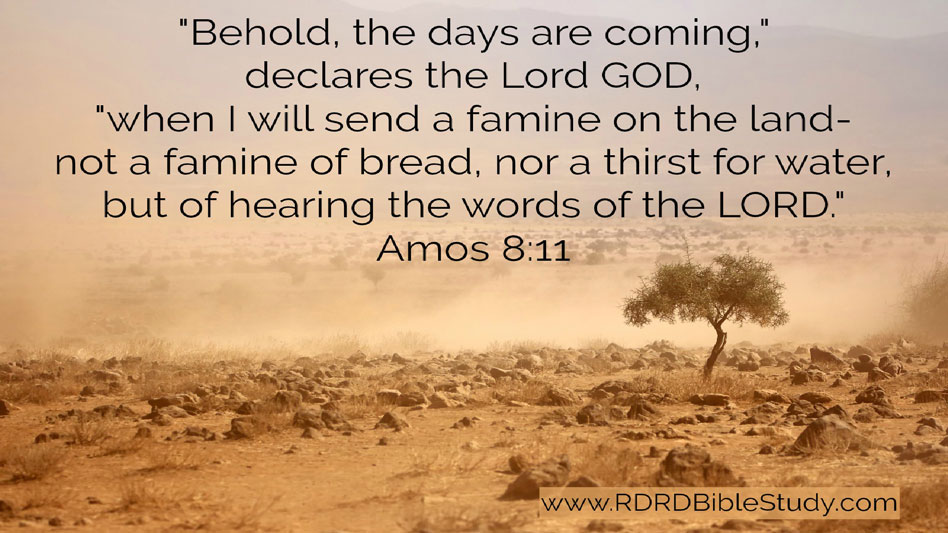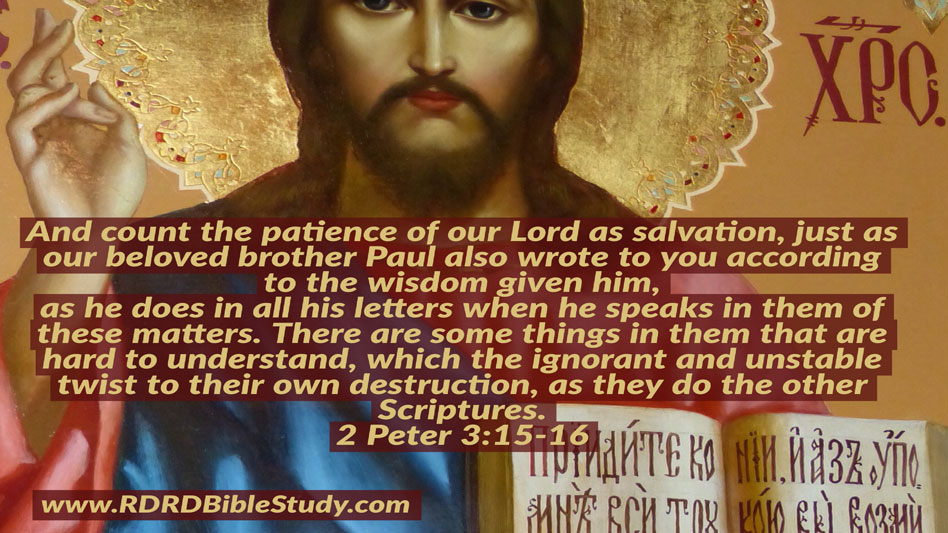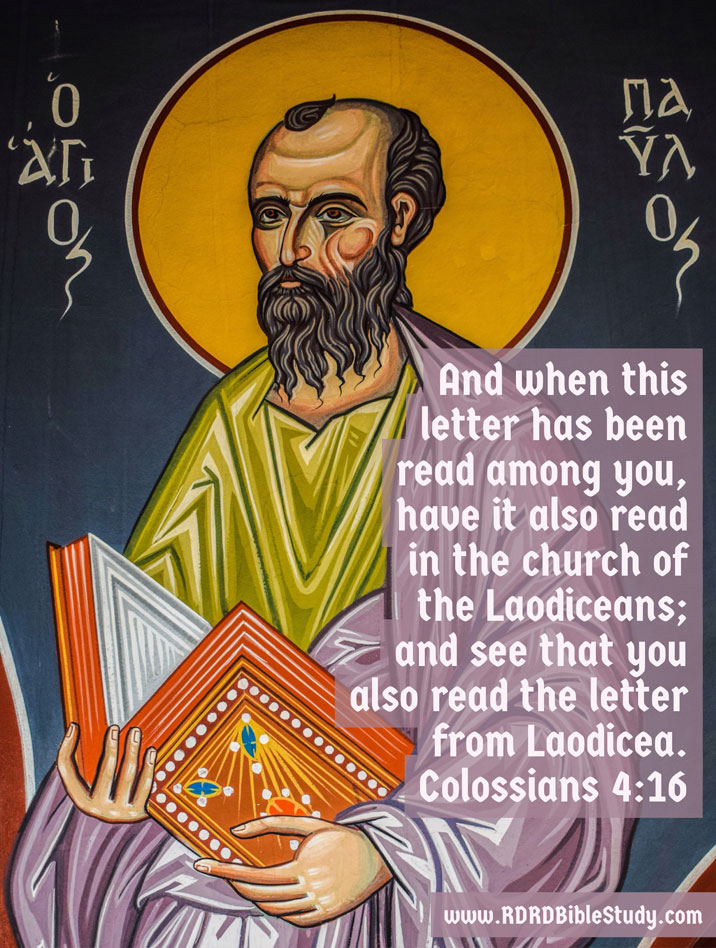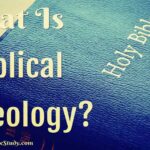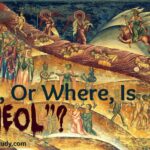The New Testament Canon
The first recorded use of the word “canon” for the authoritative list of books in the Bible came in the year AD 367 from Athanasius, bishop of Alexandria in North Africa. Long before this time, however, the church had been using writings concerning the life and work of Christ. It had also been moving toward consensus as to which of those writings should be regarded as the authoritative norm for Christian beliefs and practices. [1]
What Exactly Does “Canon” Mean?
Canon comes from the Greek word denoting a straight rod or rule, and so a standard. “Canon” (together with its cognates “canonical” and “canonize”) began to be applied by Christian writers of the late 4th century AD to indicate the correct collection and list of Holy Scriptures.
The use of “canon” began about the same time that it became possible to put the Scriptures into a single volume called a “codex” which means “book.” Two highly respected witnesses to the original Greek NT are 4th century codices Codex Vaticanus and Codex Sinaiticus.
Codex Sinaiticus
If you are pondering exactly what “canon” means, no problem! RDRD Bible Study has it all here in the creatively titled post What Exactly Does “Canon” Mean?
New Testament Prophets
In the OT, prophets were considered those who spoke “Thus saith the LORD…” The word of the prophet represented the word of God Himself, as if He were speaking (cf. Exodus 4:14-16 where Moses and Aaron had a similar arrangement).
By the 1st century AD, it was common to think of all OT authors as prophets. Prophecy, in the full sense of the word, had ceased when the OT Canon closed, approximately 3-4 centuries before the NT canon opened. [2]
However, with the Gospel, the long famine of God’s Word finally ceased.
John The Baptist And OT Prophets
The circumstances of John the Baptist’s birth, his clothing, desert living, and proclamation to “repent for the Kingdom of Heaven is near” clearly portrays him as a spokesman for God in a continuing line of OT prophets. Jesus Himself announced that John the Baptist fulfilled several key OT prophecies related to the coming of the Messiah. And if the people were willing to accept it, Jesus said that John is Elijah who is to come (even today Jewish people set a place for Elijah at the Seder Meal).
Matthew 11:9-15 What then did you go out [into the desert] to see? A prophet? (Isa. 40:3). Yes, I tell you, and more than a prophet. 10 This is he of whom it is written, “‘Behold, I send my messenger before your face, who will prepare your way before you.’ (Mal. 3:1) 11 Truly, I say to you, among those born of women there has arisen no one greater than John the Baptist. Yet the one who is least in the kingdom of heaven is greater than he. 12 From the days of John the Baptist until now the kingdom of heaven has suffered violence, and the violent take it by force. 13 For all the Prophets and the Law prophesied until John, 14 and if you are willing to accept it, he is Elijah who is to come. (Mal. 4:5) 15 He who has ears to hear, let him hear (Deut. 29:4; Jer. 25:4; Ezek. 12:2; Zech 7:11).
Prophets In The Early Church
The Day of Pentecost fulfilled the prophetic promise of the Holy Spirit being poured out on all flesh… “and they shall prophesy.” In addition, the NT refers to individuals in the early church as prophets.
Acts 2:16-18 But this is what was uttered through the prophet Joel: 17 “‘And in the last days it shall be, God declares, that I will pour out my Spirit on all flesh, and your sons and your daughters shall prophesy, and your young men shall see visions, and your old men shall dream dreams; 18 even on my male servants and female servants in those days I will pour out my Spirit, and they shall prophesy (Joel 2:28-32).
Acts 11:27-28 Now in these days prophets came down from Jerusalem to Antioch. 28 And one of them named Agabus stood up and foretold by the Spirit that there would be a great famine over all the world (this took place in the days of Claudius).
Acts 13:1 Now there were in the church at Antioch prophets and teachers, Barnabas, Simeon who was called Niger, Lucius of Cyrene, Manaen a member of the court of Herod the tetrarch, and Saul.
Written Prophecy In The New Testament
In the Revelation of Jesus Christ given to the Apostle John, written prophecy was also revived:
Revelation 1:3 Blessed is the one who reads aloud the words of this prophecy, and blessed are those who hear, and who keep what is written in it, for the time is near.
Revelation 10:11 And I was told, “You must again prophesy about many peoples and nations and languages and kings.”
Revelation 22:6-7 And he said to me, “These words are trustworthy and true. And the Lord, the God of the spirits of the prophets, has sent his angel to show his servants what must soon take place.” 7“And behold, I am coming soon. Blessed is the one who keeps the words of the prophecy of this book.”
Revelation 22:9-10 but he said to me, “You must not do that! I am a fellow servant with you and your brothers the prophets, and with those who keep the words of this book. Worship God.” 10 And he said to me, “Do not seal up the words of the prophecy of this book, for the time is near.
Revelation 22:18-19 I warn everyone who hears the words of the prophecy of this book: if anyone adds to them, God will add to him the plagues described in this book, 19and if anyone takes away from the words of the book of this prophecy, God will take away his share in the tree of life and in the holy city, which are described in this book.
Prophets And Apostles
The OT prophets were linked with the apostles as joint recipients of the mystery of the gospel:
Luke 11:49-50 Therefore also the Wisdom of God said, ‘I will send them prophets and apostles, some of whom they will kill and persecute,’ 50 so that the blood of all the prophets, shed from the foundation of the world, may be charged against this generation.
1 Corinthians 12:28-29 And God has appointed in the church first apostles, second prophets, third teachers, then miracles, then gifts of healing, helping, administrating, and various kinds of tongues. 29 Are all apostles? Are all prophets? Are all teachers? Do all work miracles?
Ephesians 4:11-12 And he gave the apostles, the prophets, the evangelists, the pastors and teachers, 12 to equip the saints for the work of ministry, for building up the body of Christ.
Ephesians 2:20 built on the foundation of the apostles and prophets, Christ Jesus himself being the cornerstone,
Ephesians 3:4-5 When you read this, you can perceive my insight into the mystery of Christ, 5 which was not made known to the sons of men in other generations as it has now been revealed to his holy apostles and prophets by the Spirit.
A Prophet Like Moses
And the greatest Christian prophet of all was Jesus, the expected prophet like Moses (Deut. 18:15):
Mark 6:4 And Jesus said to them, “A prophet is not without honor, except in his hometown and among his relatives and in his own household.”
Luke 13:33 Nevertheless, I must go on my way today and tomorrow and the day following, for it cannot be that a prophet should perish away from Jerusalem.’
Luke 7:16 They were all filled with awe and praised God. “A great prophet has appeared among us,” they said. “God has come to help his people.”
Luke 24:19 And he said to them, “What things?” And they said to him, “Concerning Jesus of Nazareth, a man who was a prophet mighty in deed and word before God and all the people,
John 6:14 After the people saw the miraculous sign that Jesus did, they began to say, “Surely this is the Prophet who is to come into the world.”
Acts 3:22-23 Moses said, ‘The Lord God will raise up for you a prophet like me from your brothers. You shall listen to him in whatever he tells you. 23And it shall be that every soul who does not listen to that prophet shall be destroyed from the people.’
Acts 7:37 This is the Moses who said to the Israelites, ‘God will raise up for you a prophet like me from your brothers.’
Paul instructed the Colossians to read the letter he wrote to the Laodiceans, Likewise, the Laodiceans were to read the letter written to the church at Colosse.
Paul
Paul’s instructions that his letters be read publicly suggest that he viewed his letters as having scriptural status. The author of Revelation, the Apostle John, makes the same claim. 2 Peter calls Paul’s letters “scriptures” (2 Peter 3:15-16).
Early Church
The use of “Scripture” to denote NT writings became more and more common throughout the 2nd century AD. By the end of the century, it became the norm.
Around this same time, the 4 Gospels, Acts, Paul’s letters, 1 Peter and 1 John were all widely accepted as Scripture.
The other 7 books—Hebrews, James, 2 Peter, Jude, 2 and 3 John, Revelation—were the subject of disagreement at this time. However, general agreement to include them was reached before the end of the 4th century.
How Did the Church Fathers Decide Canonicity?
The three general criteria that the Fathers are known to have applied were:
- Origin in the apostolic circle, i.e. apostolicity, where a writing:
- came directly from a disciple of Christ
- arose from the circle or direct influence of one chosen personally by Jesus
- expressed in a pure form the message of the apostles about Christ
- Continuous use
- Orthodoxy
By early 2nd century and late 1st century, Hebrews and Revelation already had strong support. Jude and 2 John had fair support. 3 John was not widely known. Initially 2 Peter and James were not considered canonical in every locale of the early church.
The reason it took longer with these seven books is that they all presented particular issues. These issues may not seem that big of a deal to us, but imagine the weight of this decision(!).
- In 5 cases, there was doubt about apostolic authorship:
- Hebrews was anonymous and though some believed it to be the work of Paul, it was stylistically different from Paul
- 2 Peter was stylistically different from 1 Peter
- Revelations was stylistically different from John and 1 John
- 2 and 3 John’s writer called himself “The Elder”
- In other cases:
- Revelation – Montanism, an early heresy having an over-developed mystical and unorthodox teaching about the Holy Spirit, claimed the support of Revelation. This association caused Revelation to be questioned
- Jude – quoted Book of Enoch
- James – the issue is not clearly recorded but most likely issues arose because of the second chapter of James’ discussion regarding faith and works
In the long run, the Church did not find these issues to be insurmountable and neither should we.
- Hebrews was probably written by an associate of Paul (Heb. 13:23)
- 1 and 2 Peter may be due to Peter using different scribes
- Revelation can be attributed to having no help with Greek while on Patmos
- “The Elder” does not exclude John (1 Pet. 5:1)
- Revelation does not support Montanism
- Jude does not support 1 Enoch as Scripture
- James does not agree with Pharisees on works or disagree with Paul on justification
Because the books were on the early church’s radar, it is only logical that all of the books were accepted as Scripture from an early period in some parts of the church.
Canon comes from the Greek word denoting a straight rod or rule, and so a criterion. The photos above depict the various ideas associated with “rule,” i.e. straight, correct, guide, law, measuring device, setting a foundation, fundamental guidelines, etc. which gives a sense of the word’s burden.
Arrangement Of The New Testament Canon
In ancient and modern times the arrangement of the NT Canon followed this sequence:
- The 4 Gospels— most scholars believe that Mark was written first, however, Matthew was written to a Jewish audience, so being the “most Jewish” of all the Gospels, it was placed immediately after the OT.
- Matthew
- Mark
- Luke
- John
- Acts—written by Luke, picks up where Luke specifically, and the other Gospels generally, left off.
- Pauline epistles—the sequence of Paul’s letters was determined by 1) first dividing the letters into two categories: letters written to churches and letters written to individuals; and 2) putting them in order by length, from largest to smallest.
- Romans
- 1 Corinthians
- 2 Corinthians
- Galatians
- Ephesians
- Philippians
- Colossians
- 1 Thessalonians
- 2 Thessalonians
- 1 Timothy
- 2 Timothy
- Titus
- Philemon
- Catholic (universal) epistles—letters not written to a particular church or individual but written down for the church everywhere
- Hebrews
- James
- 1 Peter
- 2 Peter
- 1 John
- 2 John
- 3 John
- Jude
- Revelation
Why Was A New Testament Canon Needed?
The necessity for a canon—a list of authoritative writings about Christ and the meaning of His work—emanated from practical and spiritual circumstances. Noll lists the following that grew out of the fixed realities of the church’s life [3]:
- The church required standards for worship and models for prayers, liturgies, and sermons.
- The church needed reading material for public and private devotion.
- The church needed a theological standard for responding to non-Christian critics and for adjudicating doctrinal disputes within its own ranks.
- The church needed a set text to translate as the gospel message moved out of the Hellenistic Mediterranean into the Latin west and then farther east toward Asia and north into Europe.
Divergent Forms of the New Testament Canon
- The Syrian canon–Peshitta, the standard Syriac translation of the Scriptures was made in early 5th century, while the church was still debating the 7 NT books with particular issues; Of the 7, only Hebrews and James were included in the Peshitta.
Linguistic and political isolation of Syrians increased due to the Nestorian and Monophysite schisms of the 5th century. A large part of Syrian Christians became separated due to doctrinal reasons from the catholic communion of East and West. Therefore, the status of the remaining 5 books—2 Peter, Jude, 2 John, 3 John, Revelation—has continued to be uncertain in Syrian churches. - The Ethiopian church (founded by Syrian missionaries)
The Ethiopian church was further separated from other Monophysite churches for about 600 years between the 7th and 13th century AD because of Muslim domination of Egypt and Arabia.
So its canon is quite eccentric and includes all books recognized in the East and West, many of the Apocrypha, and many late works that originated in Ethiopia.
Conclusion – New Testament Canon
The lengthy process of fine-tuning the New Testament canon shows two things [4]:
- the main writings about Christ and the early life of the church under the apostles were being used everywhere as Scripture
- definitive decisions about every last book were not nearly as important to those who actually lived through these centuries as they would become to later historians and theologians.
As the early church obeyed Jesus’ mandate to “Go into all the world and proclaim the Gospel…” (Matt. 28:19-20), having authoritative teachings concerning Christ and the church written down were of utmost importance.
Did you know that of all the early heresies, Marcionism posed one of the greatest threats to Christianity. Why? Because Marcion developed a canon. Flawed as it was, still, he had something written down, something that could be read, something that taught and explained, something he could point to as authoritative.
“The fixing of a New Testament Canon was an extraordinarily important step in stabilizing the early church. Even a brief examination of that process, however, shows that the foundation provided by writings testifying authentically to the power at work in Christ and communicated by Christ to the church through the testimony of the apostles was critically important to the early Christians as they moved out into the Mediterranean world [5].”
Until next time…
The grace of the Lord Jesus Christ and the love of God and the fellowship of the Holy Spirit be with you all. 2 Corinthians 13:14
Additional Information
For more information regarding the New Testament Canon:
- http://www.bible-researcher.com/bruce1.html The Canon of the New Testament by F. F. Bruce
- http://www.ntcanon.org/ The Development of the Canon of the New Testament by Glenn Davis (tons of drill-down detail)
References:
[1] Mark A. Noll, Turning Points: Decisive Moments in the History of Christianity (Grand Rapids: Baker Academic, 2009), 34.
[2] The date when the OT Canon closed is sometimes stated later than BC 4 or 3, depending on a writer’s estimation of the date an OT book was written. For instance, some scholars put the writing of Daniel in early BC 2.
[3] Noll, 34.
[4] ibid., 38.
[5] ibid.

